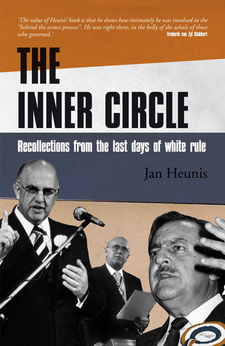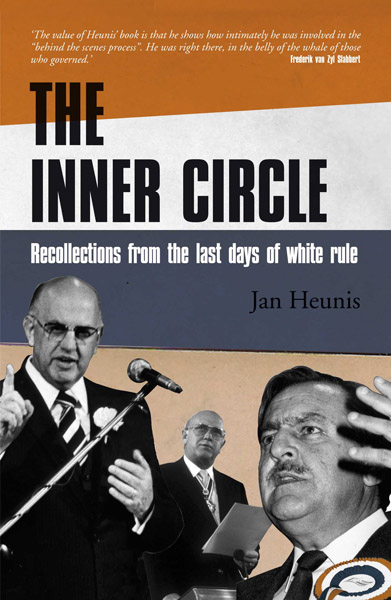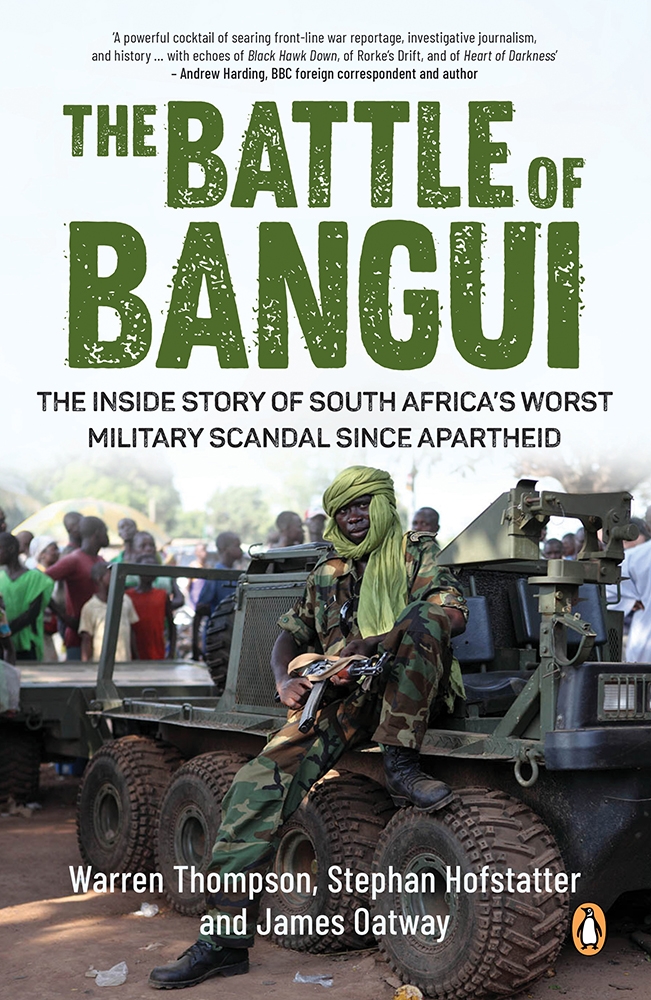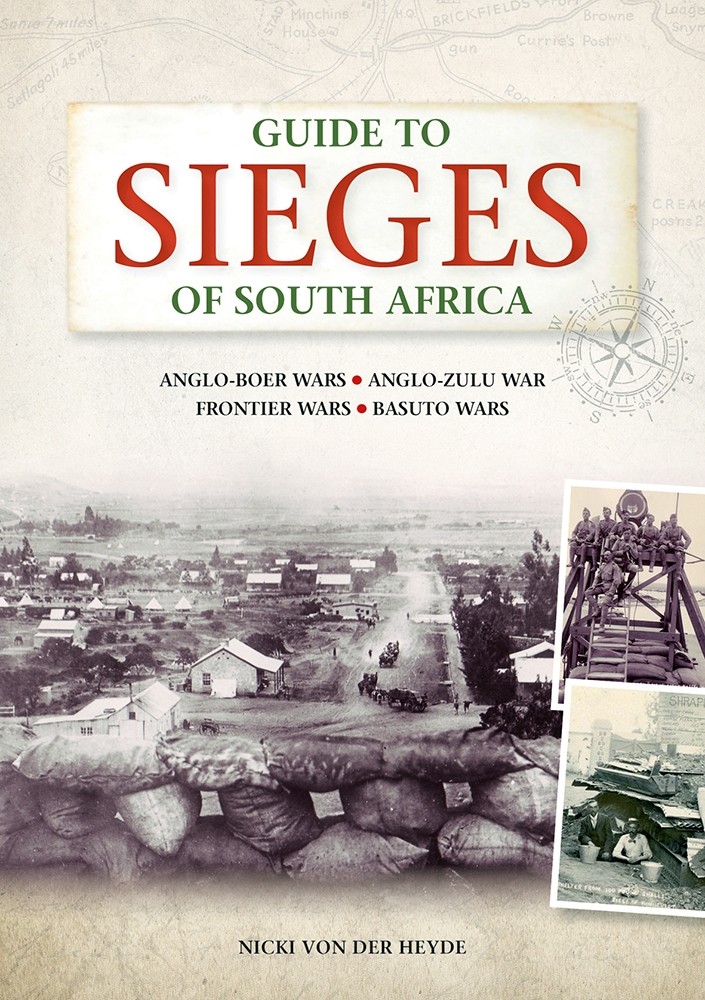The inner circle. Sampie Terreblanche: friend, broederbonder, socialist, historian, economist, etcetera

The inner circle. Sampie Terreblanche: friend, broederbonder, socialist, historian, economist, etcetera.
In his book, The inner circle, Jan Heunis' recollects from the last days of white rule in South Africa. This is from the chapter Sampie Terreblanche: friend, broederbonder, socialist, historian, economist, etcetera.
What shall one say about the enigmatic Sampie Terreblanche, once my father's best friend? He is an emeritus professor of economics at the University of Stellenbosch, the so-called cradle of Afrikaner intellectualism and the (past!) breeding ground of Afrikaner/nationalist leaders. To this day Terreblanche presents himself as a fighter for the interests of the down-trodden and the poor - those who have become ensnared in what Prof. Christoff Hanekom, during his lifetime professor in anthropology, a special friend of both myself and my father, and a colleague of Terreblanche, in the seventies had styled the 'culture of poverty'. I think that Terreblanche relishes the fact that he is controversial, and despite his retired state he manages to stay in the news - most recently because of his criticism of the ANC's neglect of the poor. However, Terreblanche's current views on the political/economic/social situation in the country are not the reason for the inclusion of this chapter. It has to do with my own encounters with Terreblanche, particularly during the seventies when I was a student at the University of Stellenbosch. Terreblanche was a prominent member of the Broederbond, an elitist, secret Afrikaner organisation of which it was often said that it wielded enormous power within the state hierarchy. In my own, albeit very limited, exposure to its activities, this is a vast exaggeration, but that is of no significance for present purposes. Terreblanche was also a 'hoojwag", that is a member of the Broederbond put in charge of a group (cell) of members of the youth Broederbond\ the 'Ruiterwag'.
In the 1970s my father was the leader of the Youth Movement of the National Party in the Cape Province. The Youth Movement was a very active organisation which held conferences on a regular basis. It was also a liberal element within the National Party, and influenced decisions such as the opening of the Nico Malan theatre to Coloured people in the seventies. Terreblanche was invariably invited to, and attended, these conferences, together with Prof. Willie Esterhuyse, Christoff Hanekom, Hennie Rossouw, Julius Jeppe and Gerhard Tötemeyer, a senior lecturer in political science at the University of Stellenbosch who later became a SWAPO supporter in Namibia. Terreblanche and my father were particularly good friends, and, together with other academics who were involved in the Youth Movement, they presented a not informidable enlightened force within the National Party and the Youth Movement itself. Terreblanche read the laudatio when my father was awarded an honorary doctorate by the University of Stellenbosch.
I should mention in passing that, for a National Party politician, my father became a member of the Broederbond relatively late in his life, presumably because in his younger years he was a founding member of the Round Table in George where he practised as an attorney. He only became a member of the Broederbond when he was already a National Party member of the Cape Provincial Council and a member of the executive council of that Provincial Council - the equivalent of a 'provincial minister' in present-day terms. My father had Terreblanche appointed to the Erika Theron Commission, named after its illustrious chairperson, Prof. Erika Theron. The Commission had to investigate the plight of the 'Cape Coloureds'. What he did not do was to have Terreblanche appointed as a member of the President's Council, a National Party-governed, cynical deadlock-breaking mechanism between the three legislative components of the tricameral parliament established in terms of the 1983 constitution. I suspect that this infuriated Terreblanche, particularly since Hanekom, the lesser intellect but by far the better man, was made a member of the Council.
At Stellenbosch, in the early 1970s, I soon became involved in student politics. At the end of my second year I succeeded Pierre de Villiers, a flamboyant political science lecturer who has since died, as the chairperson of the student branch of the National Party at Stellenbosch. At the time the incumbent Student Representative Council (SRC) of the university was less loyal to the National Party than it ought to have been, according to the thinking of that party. Although the SRC had, in the past, invariably supported the National Party, the most recently elected SRC was beginning to question the tenets of apartheid dogma. Not long after leaving Stellenbosch, I fully realised that they were right. Enlightened thinking, such as wanting to meet with the SRC of the ('Coloured') University of the Western Cape, incurred the wrath of Prime Minister John Vorster, causing him to remark that the SRC had fouled its own nest.
In 1973 the so-called 'verligtes (the enlightened ones) in the SRC had a majority of one over the more conservative element. This came about as a result of one of the conservative candidates, Lizel Visser, voting for a verligte candidate as SRC chairperson, and not for the conservative candidate as had been agreed by the conservatives under the watchful eye of Sampie Terreblanche. Lizel Visser had broken ranks. When I was elected as the chairperson of the student branch of the National Party, I knew nothing about the Ruiterwag. I didn't even know of its existence. Notwithstanding the fact that I was the 'leader' of the Stellenbosch student branch of the National Party, the largest NP branch in the country, no attempts were made to recruit me into the organisation.
To this day I am not sure what the reason was, but I suspect it was because I had chosen as my roommate an agnostic by the name of Alain Blondell, whose parents were refugees from the Belgian Congo and who put up the famous poster of Che Guevara in our room. I did not even know whose picture it was that graced the wall above my head. During my third year at university, it was decided that the student branch of the National Party should make a special effort to regain control of the SRC. Without my knowledge, the Ruiterwag made the same decision.
We even invited John Vorster, to good effect, to address a public meeting at the university, and subsequently, to less good effect, PW Botha to do the same.Vorster's easy approach made him a good communicator with students, whereas Botha's hardline approach made him a bad communicator. We mounted a concerted campaign and were represented by ten candidates. Our candidates were:ï Piet Vorster, the son of the then prime minister of the country. He died as an embittered young man, blaming PW Botha for engineering his father's downfall as a result of the Information scandal. (...)
This is an extract from: The inner circle. Sampie Terreblanche: friend, broederbonder, socialist, historian, economist, etcetera, by Jan Heunis.
Book title: The inner circle
Sub title: Recollections from the last days of white rule
Author: Jan Heunis
Publisher: Jonathan Ball
Cape Town, South Africa 2007
ISBN 978-1-86842-282-1
Softcover, 13x20 cm, 207 pages, several b/w photos
Heunis, Jan im Namibiana-Buchangebot
The inner circle: Recollections from the last days of white rule
The persepective of the inner circle of governmaental power, recollections from the last days of white rule in South Africa.
Weitere Buchempfehlungen
The Battle of Bangui
The Battle of Bangui: The inside story of South Africa's worst military scandal since Apartheid.
Guide to Sieges of South Africa
Guide to Sieges of South Africa: sieges that characterised the Cape Frontier, Anglo-Zulu, Basotho and Anglo-Boer wars are brought together in one volume.



